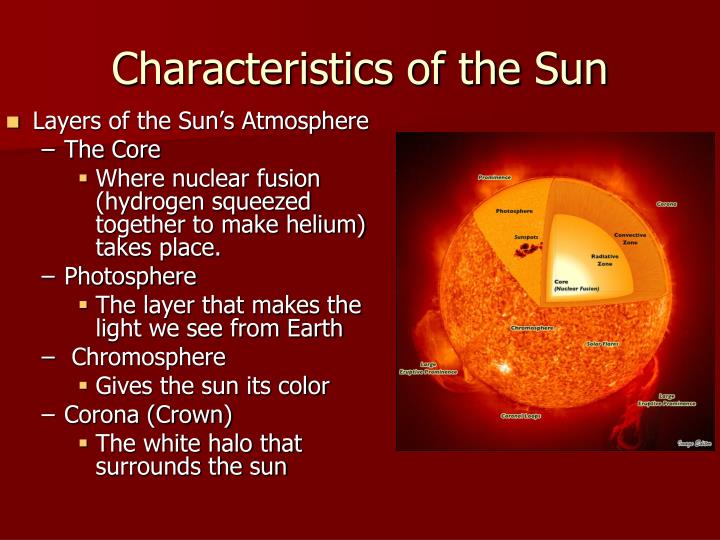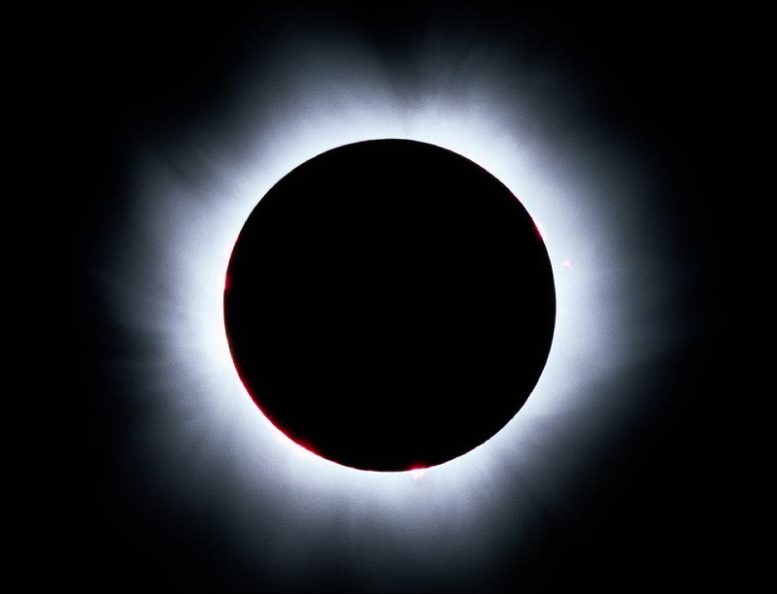

The hydrogen that fuels the sun’s energy is a finite resource. Scientists project that in about 3.5 billion years, the sun will become 40 percent brighter than it is today and expand to swallow Mercury, Venus, and Earth. New missions are in the works to inch even closer. We're uncovering its secrets each day thanks to spacecraft like NASA's Parker Solar Probe, which is specially designed to withstand the sun's powerful heat. There's still so much left to discover about our solar system's massive star. In recent years, scientists and engineers have worked to make solar technology more efficient and accessible. We can harness the sun’s light to create energy using solar panels that we use to power our communities. The changes we're seeing on Earth are happening far too quickly to be caused by the sun. But scientific evidence shows that these short-term changes aren't a factor in our current, rapidly changing climate, according to NASA. Our seasons depend on the sun, and its shifts to Earth's orbit around the sun are responsible for the ebb and flow of ice ages throughout history. Its mere presence keeps our planet warm enough to live on. Plants use it to create their energy and provide us with the oxygen we need to breath. Without the sun, there would be no life on Earth. The sun’s energy provides us with light and heat. During these solar events, escaped particles shoot out across the solar system and hit orbiting planets. When this happens, the number and intensity of sunspots, solar flares and coronal mass ejections increases. Every 11 years, the sun’s polarity flips, sending the corona, chromosphere and photosphere into a period of heightened activity, called the solar maximum. The strength of the sun’s activity hangs on an 11 year cycle. All corners of the solar system are touched by solar winds carrying these electrically charged particles. The range of its magnetic field, called the Heliosphere, encompasses the entire solar system and protects everything in it from dangerous cosmic radiation. In this way, the sun sort of acts like a giant bar magnet. The sun’s core radiates plasma, or electrically charged particles and gases, out toward its poles, according to National Geographic. The sun has a very strong magnetic field. These dueling sunspots-they often occur in pairs-are areas of particularly strong magnetic activity. Those who view the sun through a special lens can often see dark spots on its surface. NASA’s Goddard Space Flight Center/Mary Pat Hrybyk-Keith The chromosphere and corona make up the sun's the solar atmosphere. The sun's innermost surface layer, the photosphere, is the deepest layer that we can observe. Temperatures at the sun's 300-mile-thick surface are much cooler, about 10,000 degrees Fahrenheit. Radiation emitted from the sun’s core bounces around in the radiative zone before eventually reaching the top of convective zone, a bubbling layer of piping hot plasma, 170,000 years later. This energy radiates out through its layers and into the solar system as energy, radiation and solar wind. Within the core, hydrogen atoms join together in a thermonuclear reaction to create helium, according to NASA. This is where the sun gets all of its energy. It has six layers: Its core, the innermost layer, reaches temperatures of up to 27 million degrees. (By mass, it's more like 70.6 percent hydrogen and 27.4 percent helium. The atomic weight of the sun is composed of 92.1 percent hydrogen and 7.8 percent helium, with traces of carbon and nitrogen. If the sun were the same height as the average door frame, Earth would be the size of a Nickel, according to NASA. Sounds strange, right? Well, the sun isn’t made of solid matter like Earth is, so that means that different parts of the star rotate at different times.Įarth sits approximately 93 million miles away from the sun, which has a radius of 432,168.6 miles, according to NASA. But at its poles, it rotates roughly every 36 days. Without the sun, the planets, dwarf planets, asteroids, and comets in the solar system would just slide off into space.Īt its equator, the sun rotates approximately every 27 days. Because of this mass, the sun has a strong gravitational pull on everything in the solar system.

It makes up roughly 99.8 percent of the mass of the entire solar system. Now a yellow dwarf, the sun is currently halfway through its lifespan. Without its light, energy and heat, we could not survive. The sun is the source of life as we know it. This so-called solar nebula spun faster and faster, and-as it eventually flattened out-most of that material drew toward the center, giving birth to our home star, the sun. 4.5 billion years ago, in the Orion Spur of the Milky Way galaxy, a swirling cloud of gas and dust collapsed under the weight of its own gravity.


 0 kommentar(er)
0 kommentar(er)
